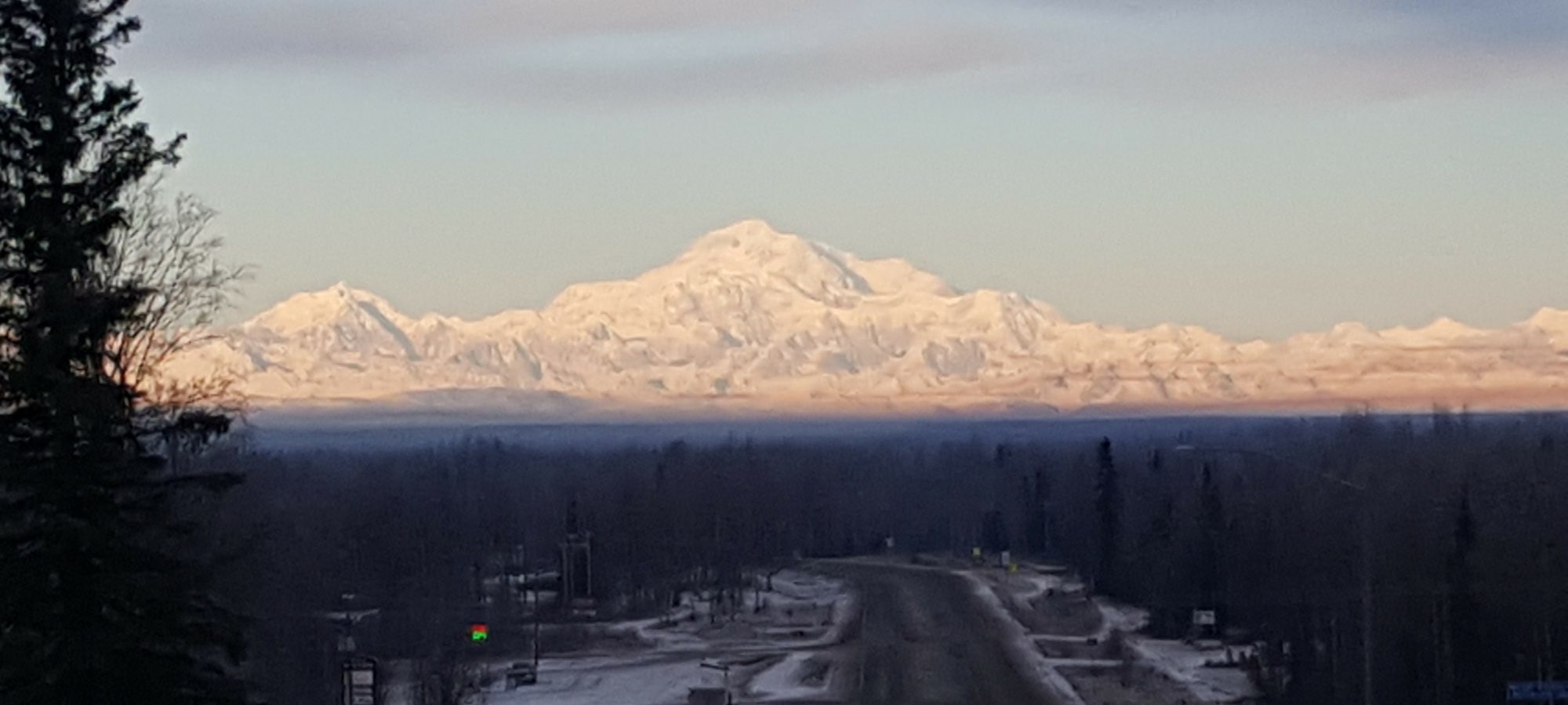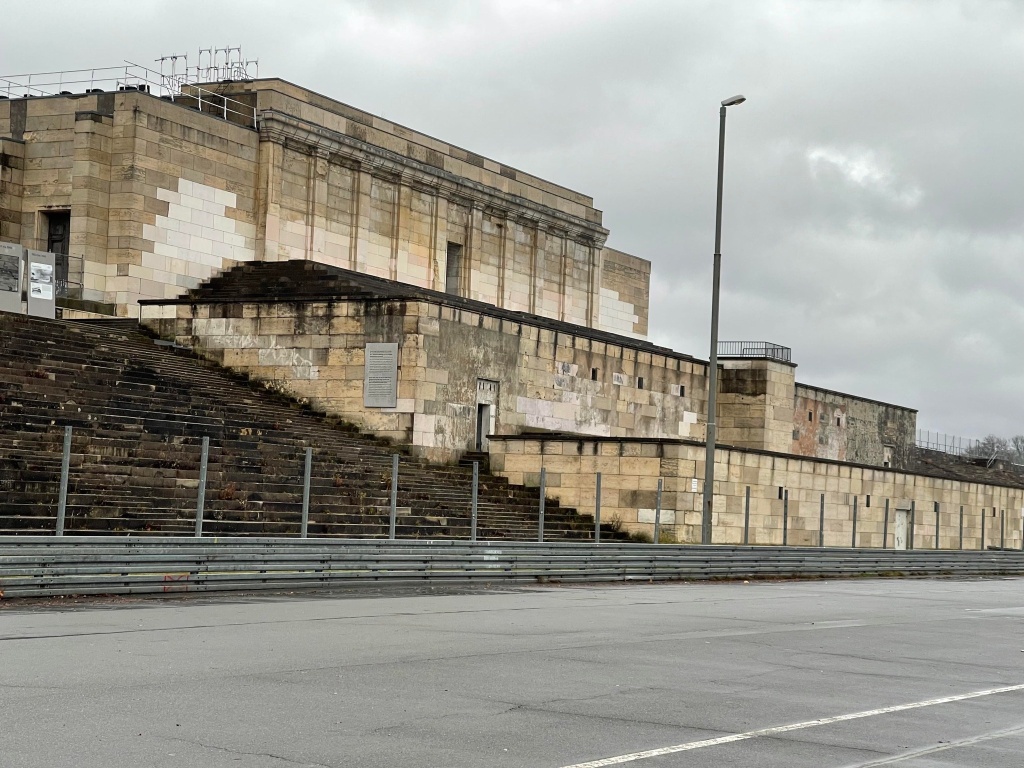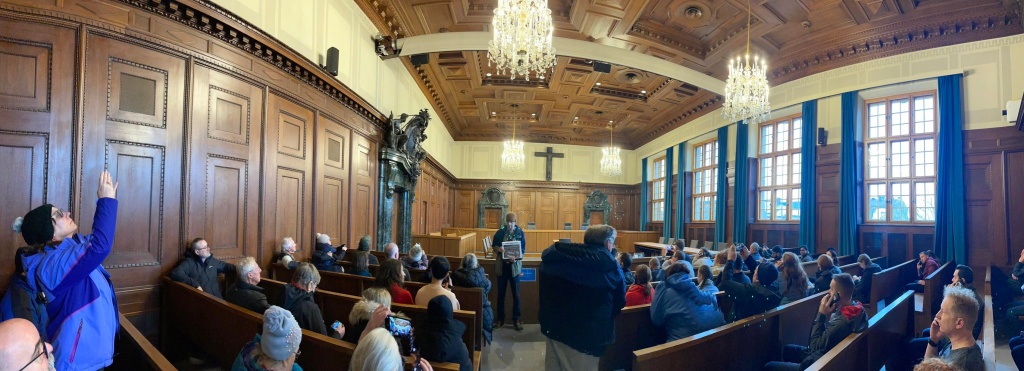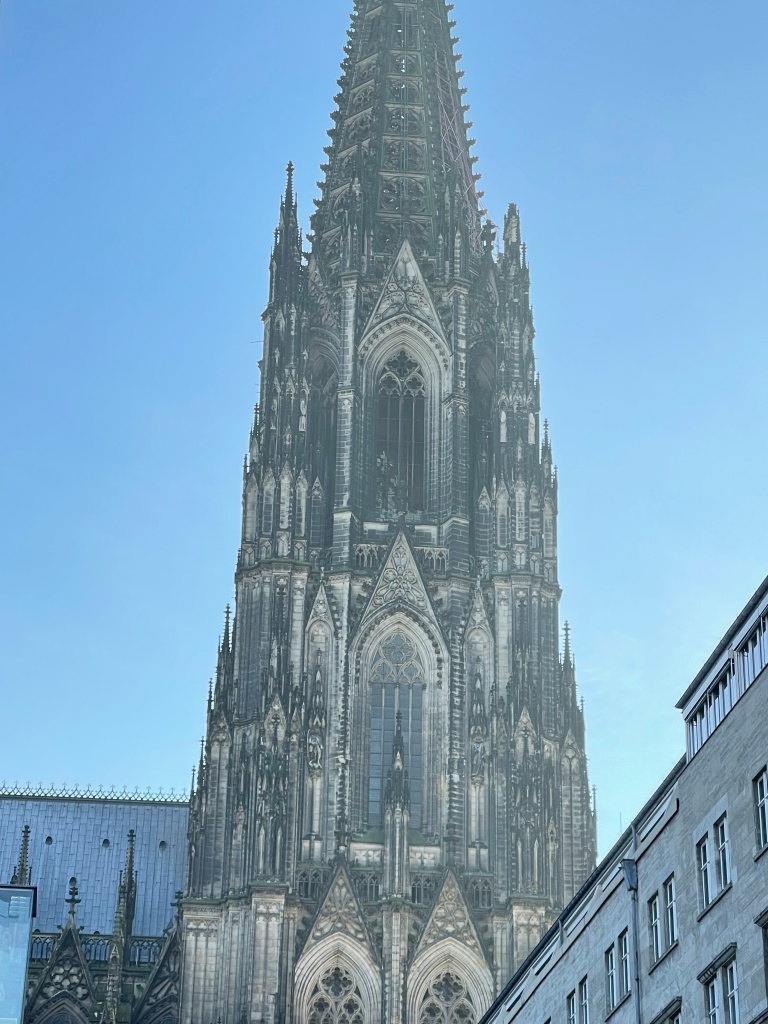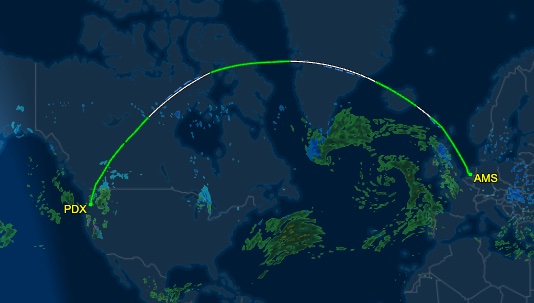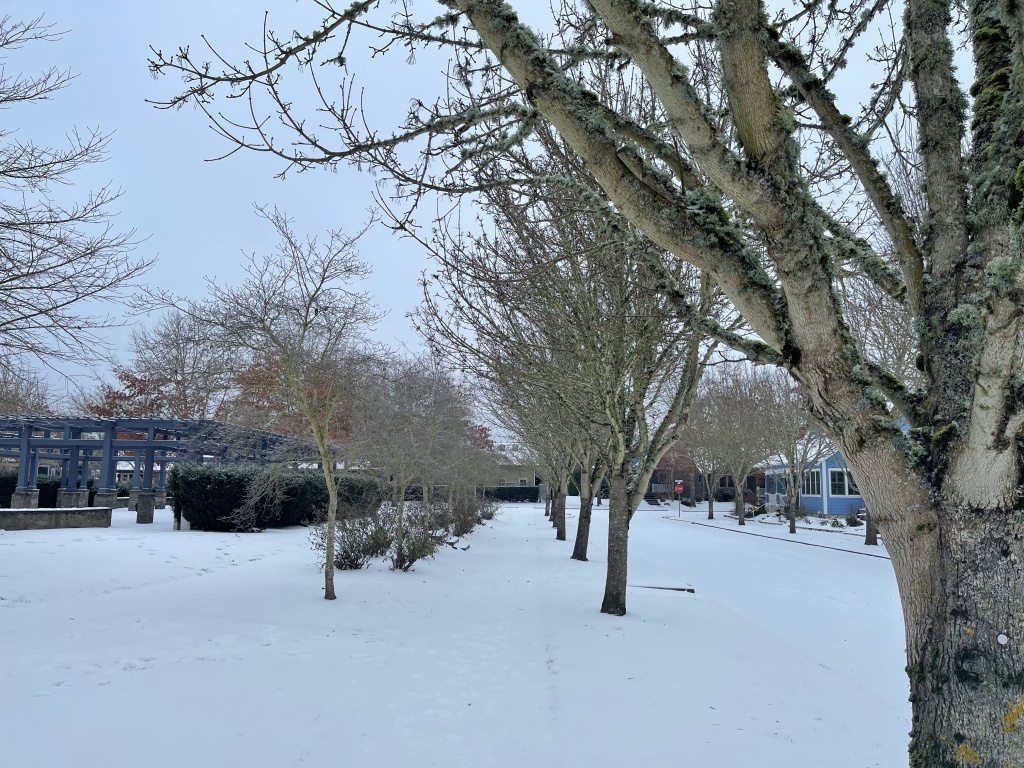
Author: Andrea
A little story about my vacation in Europe
The Viking River Cruise ships (I will delete any comments about raiding monasteries) are like miniature ocean cruise ships. They only carry 190 passengers, but the amenities are much the same. They serve gourmet breakfast, lunch, and dinner, though I stopped drinking wine and eating dessert for lunch after about the fourth day.
One morning at breakfast, we were joined by a lovely couple from Arizona, Karen and Dan. We exchanged life stories and I mentioned that I was an author.
At Dinner, Karen informed me that she had purchased the Kindle version of my book, Memory and Metaphor and was really enjoying it.
Best vacation ever!!
I can deduct the cost of the trip from my taxes now, right?
Day 14: Vienna and the Cruise Crud
Full Moon over Vienna
While riding the bus back from Salzburg to the boat, I heard several people coughing. And not just an irritated throat cough. These coughs came from deep in the chest and sounded wet.
And I didn’t have a mask. We started wearing masks after that, but it was too late. Beth was the first to get sick, and then I came down with a congested chest and a stopped-up nose last night. One of the other passengers started calling it the “Cruise Crud.” Beth is much sicker than I am, but she’s not down and out yet. I can’t sleep with these sinuses, so I’m up writing this blog post at 03:30.
Vienna has a population of almost two million people, and it feels like it. Walking downtown, it’s difficult to avoid bumping into people, and most of them aren’t watching where they’re going. And younger people will often not even attempt to avoid you, assuming that you’ll avoid them. Even though it’s the off-season, the city feels like it’s choked with tourists, Beth and I among them. I can’t even imagine what it’s like in the warm months. The city feels like San Francisco in that respect.
However it is a clean city with low crime and unemployment rates. It has enchanting architecture, is the cradle of classical music, and there are coffeehouses everywhere.
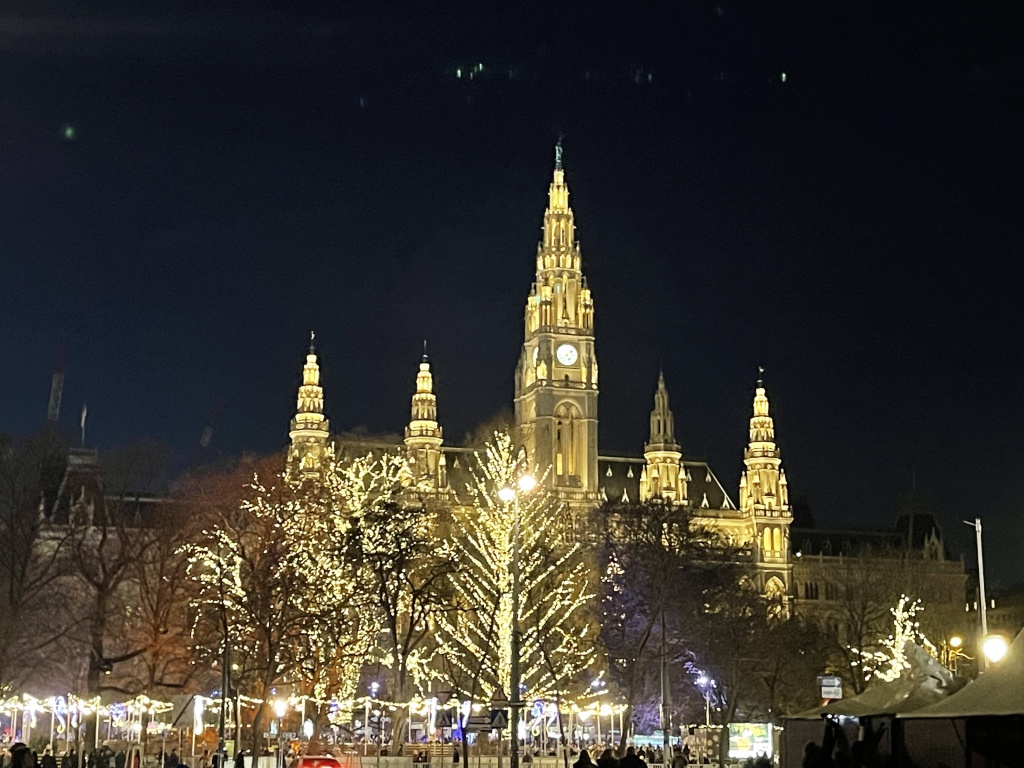
After visiting the Lipizzaner Stallions at the Spanish Riding School, we went back to the boat for dinner, then got back on the bus to hear a Mozart and Strauss symphony. We never saw it, though, as there was some major equipment failure. So we went back to the boat again and played Scrabble.
We have one more day in Vienna (mostly spent in finding a good drug store) then we’re off to Budapest.
Day 9: Nürnberg
I visited Nürnberg yesterday and it was quite sobering. We read about the Second World War and we see the movies and the documentaries, but it doesn’t compare to standing in Zeppelinfeld, the same place as Hitler and the throngs of people dedicating their lives to him in the arena where Nazi rallies were held. Touching the granite and limestone is like touching that horrible history, almost hearing the crowds proclaim their love for a single genocidal, megalomaniacal man.
It’s quite a different feeling than simply reading that Germany invaded Poland in 1939.
I also visited the courtroom where the Nürnberg trials were held after the war. The history was tangible, almost like the ghost of Göring was breathing down my neck. My parents and in-laws lived through that war, and Beth and I missed it by a decade. The temporal distance lessens the feeling of horror. For us, it was stories. For our parents, it was more than just headlines – it was the stories from the front, the news of relatives escaping a world gone mad, enlisting to fight in a war that made no sense.
But standing there, touching the stones, it hits you in the face. Do you feel the distance?
There are debates about what to do with these monuments to terror. The majority hold that should be preserved as tangible history, and I agree with them.
Day Three: Cologne (Köln)
I’m not a fan of large cities. Exhibit A: I used to live in the San Francisco Bay Area and today I live in rural Oregon. Exhibit B: In the Summer of 1976, I lived for three months in Los Angeles, and I still haven’t recovered.
As a city of 1 million residents, Cologne isn’t bad. It doesn’t smell like a big city – at least not the parts I visited. It’s clean, and it’s pretty. I still wouldn’t live there, but I don’t mind visiting. That’s not to say that Cologne doesn’t have big city problems: I was approached by three beggars while walking about.
Until today, my only use of the German language on this trip was to translate the label of a bottle of Coca-Cola, which didn’t have any high-fructose corn syrup, to the surprise of everybody sitting at the same table. And today, I failed my practical test when I asked for “Zwei heiße Schokolade, bitte” and the guy responded in English. Damnit! However, I later navigated conversations with a pharmacist (I asked for ibuprofen) and a barista (I asked for a small coffee to drink “für hier”.) without anybody getting their feelings hurt. I even told another pedestrian that, “Der Stadtbus ist dort drüben” when she asked for directions to a specific bus line.
We never left the vicinity of the cathedral, so I can’t tell you about the rest of the city. We went through two Weihnachtsmärkte but only purchased a small bag of roasted chestnuts and made a donation to an organization that is dedicated to removing trash from the Rhein. The Christmas market in the cathedral court had an unpleasant and unidentifiable smell so we didn’t stay too long. The second market was much nicer: Not as crowded, and no odor. It had a fairy tale theme.
I tried to capture this “glowing” tower on the cathedral. The light was reflecting off of the surrounding building with the sun low in the west. The undersides of the arches were brighter than the underside.
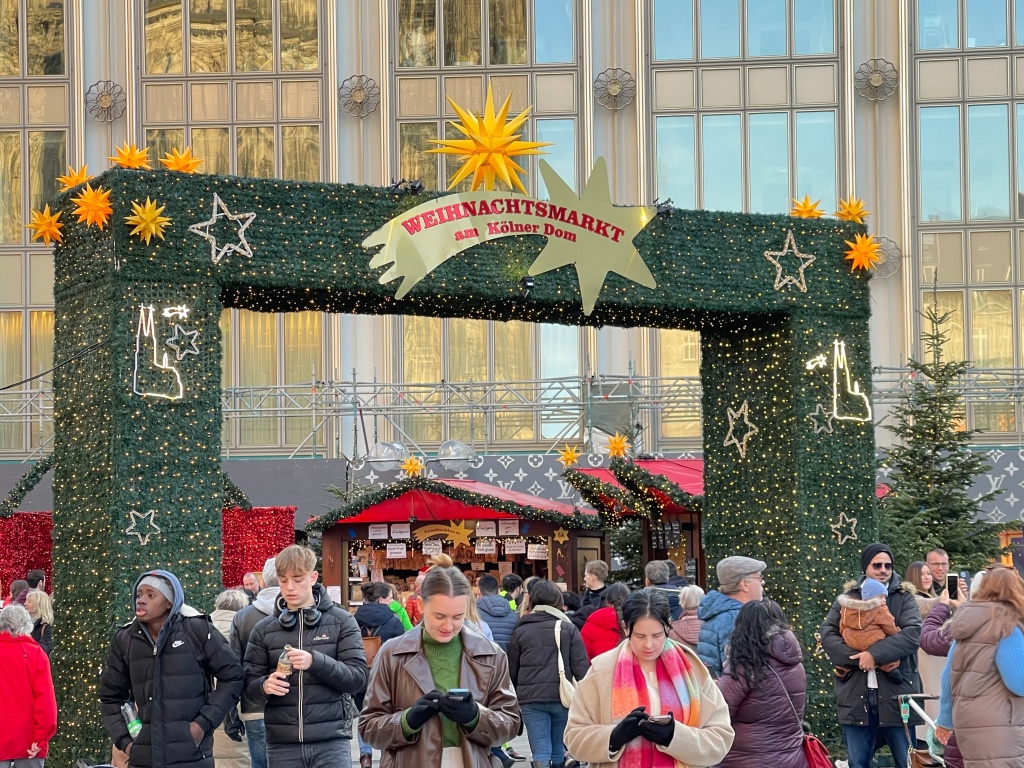

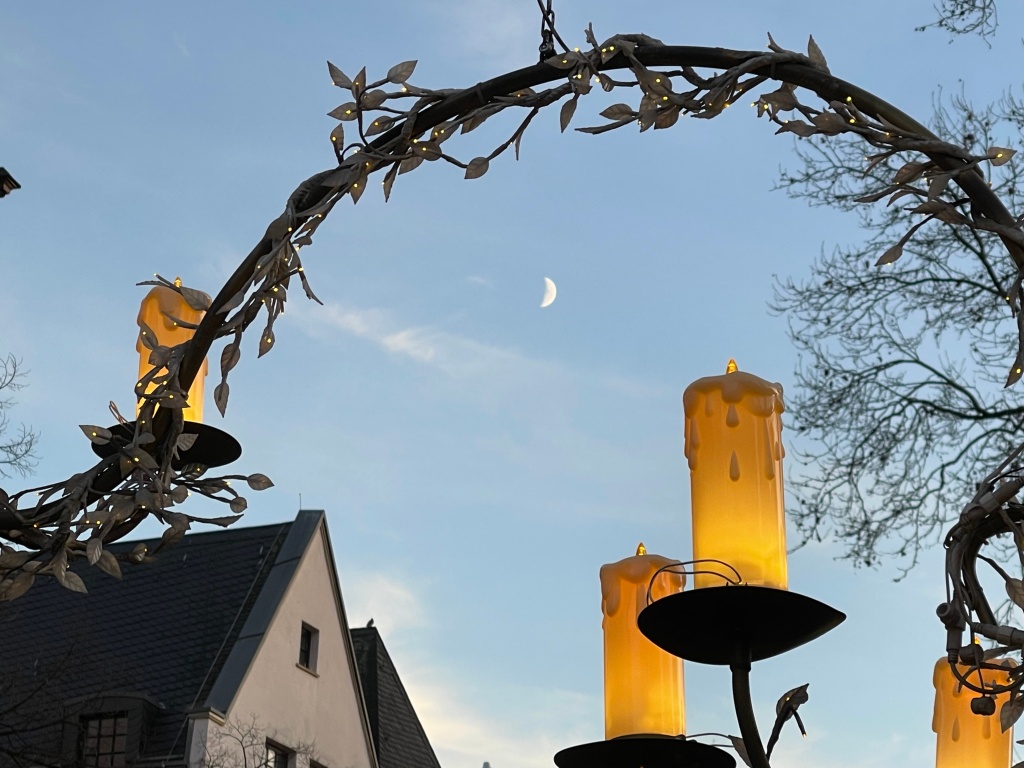
Tomorrow, Koblenz!
Day 2: Kinderdijk: It’s all about the windmills (and a water tower.)
After sailing all night, most of the passengers woke up on an overcast, blustery morning, with windchill at about 3° C (37° F) to something approximating this view. Kinderkijk is a World Heritage Site, and all 19 of the windmills, built centuries ago, still work. A tour guide told us that one may, upon conclusion of a 2-year education and passing a physically demanding test, rent one of these mills to live in and the rent is pretty cheap. He didn’t mention how long the wait list is, or if there is one.
According to the tour guide, Ukrainian refugees are living in the windmill shown below, though it can’t be very many. We saw the interior of a mill, and there’s about as much floor space as a single-bedroom apartment in the cheap part of town. They were built around 1740, and though their function has been replaced by modern pump stations, they still wor k and could be used if the modern plumbing stopped working.
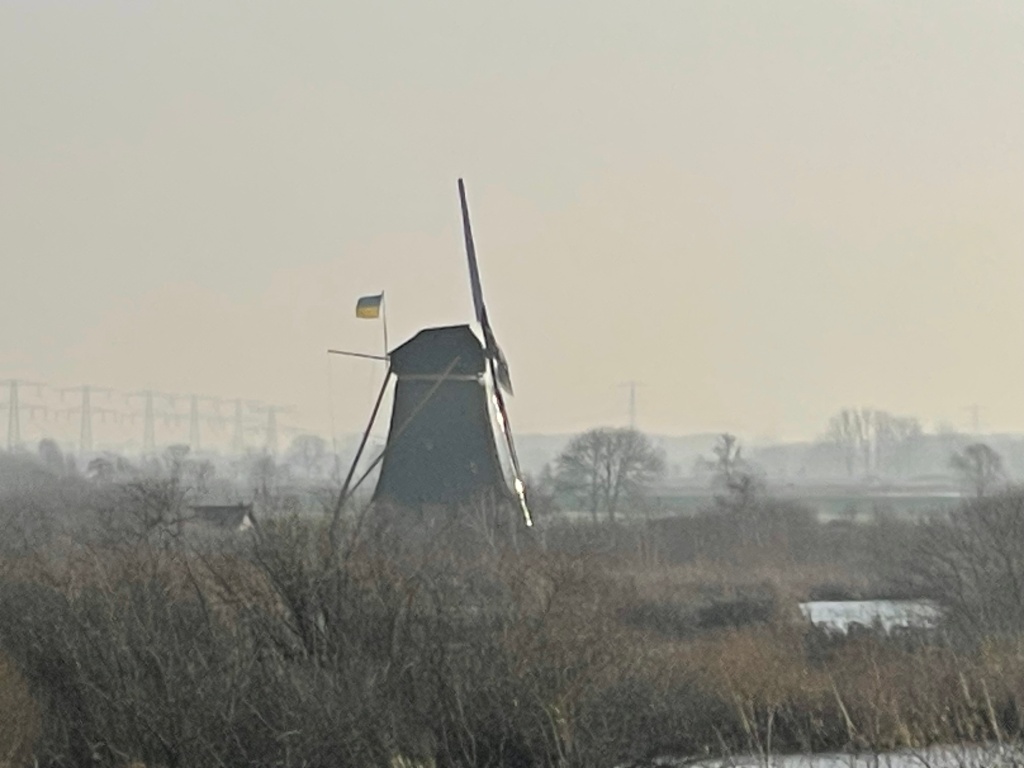
We also saw this tower, which, according to Google, is an unused water tower and a historical monument.
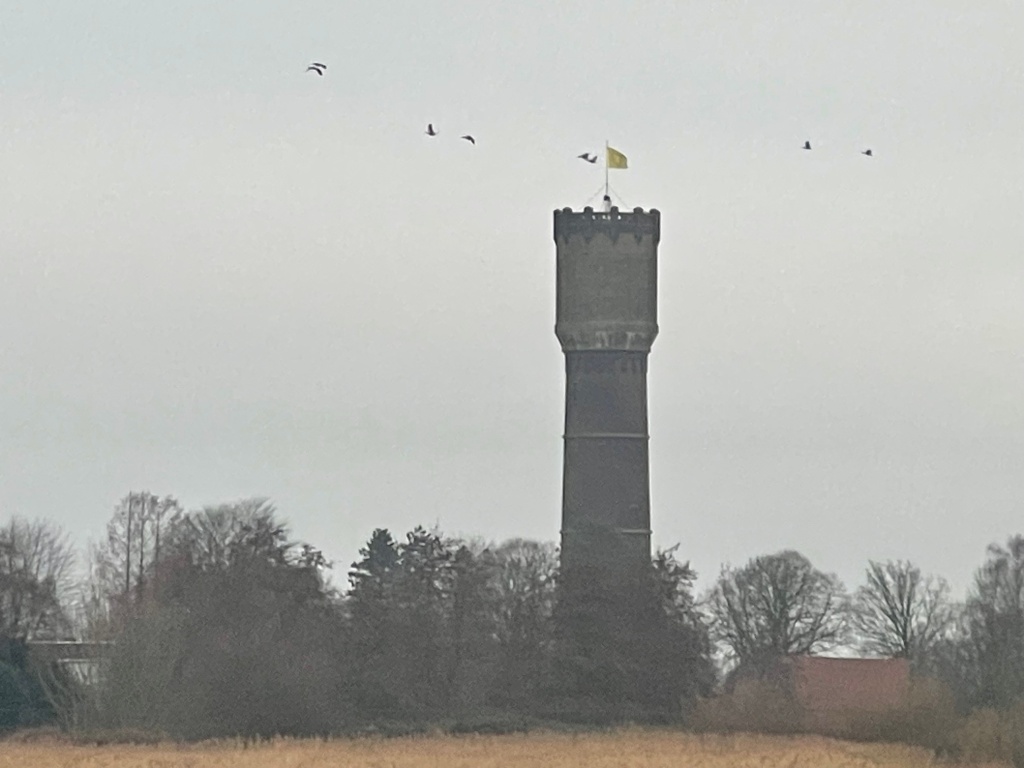
Sometimes the wildlife cooperates with the photographer. I only needed a few seconds for the geese to fly into the field of view.
Built in 1867, the water tower served as a backup to the windmills in times of high water, helping to keep the surrounding polders dry. There is a museum in the tower, but the tour guide never mentioned it, and we didn’t have time to visit it. The tower is 33 meters (109 feet) tall and 18 meters (59 ft) wide at the base.
Tomorrow we visit Cologne.
Day 1. Portland, Oregon to Amsterdam
It’s 03:30 on Sunday morning, and suffice it to say that my circadian rhythm is seriously messed up. While I’m sure that things will settle down in a day or two, it’s annoying.
We woke up at 06:30 on Friday to finish packing things like toiletries and last-minute additions to our suitcase inventory, made it to PDX by 10:00, and the plane departed right on time at 13:20.

I managed to get this photo of Mt. Hood while flying over Washington State with the iPhone. I discovered a good argument for dedicated cameras is manual focus. The iPhone wanted to focus on the window pane, and I had to do some manipulating to get it to focus on the damn mountain, and even then it was a dynamic thing, going in and out of focus. I waited until the mountain could be seen clearly before clicking the picture and it took several attempts to get this result, and I’m still not quite happy with it.
While the seats in Premium Economy weren’t uncomfortable, I could not get comfortable enough to fall asleep. We made it to Amsterdam at 07:30 local time, and I just had to take this picture of the sunrise.

The starboard engine is illuminated so brightly because the landing lights were on, and that’s what the camera wanted to focus on. Fortunately, you can set the f/stop on an iPhone, so I cranked it as far up as possible while still getting the colors of the sunrise, giving a deep field of focus. Welcome to Amsterdam!
Amsterdam airport is huge! The aircraft taxied forever. Beth joked that we were going to get a tour of the city from the Airbus 330. We taxied for at least 15 minutes. Once we disembarked, things went smoothly. We breezed through passport control, and as far as we could tell, our luggage wasn’t searched. It was a short walk to where gofers from Viking Cruise Lines wrangled us into vans to take us to the docks.
Beth rode shotgun and reported that the driver ran through at least three red lights. Maybe it was the driver, or maybe Amsterdamers consider traffic signals to be mere suggestions, like New Yorkers. We only have the one data point, so it’s impossible to tell.
We finally arrived at the riverboat Viking Bragi but our stateroom wasn’t ready for us. We grabbed sandwiches in the lounge and tried to stay awake. By this time it was 11:30 locally and 02:30 in Oregon. Our stateroom became available at noon, and though the activities director announced that a tour of the city was available, we headed straight to bed. We only woke up long enough to participate in the mandatory safety drill.
We were instructed to put on the buoyancy vests located in the room. Instead of finding them in the convenient spot which was marked with a stylized life vest, they were stowed under the bed. Not just under the bed, but in the least accessible point under the bed, so that I had to get down on my knees, and then on my stomach to reach them. I am certain that this is a test to see if any passengers have orthopedic problems. I have abused my knees sorely in my lifetime, and they told me that there were only so many attempts to get the life vests left in their repertoire. So when the drill was over, I put them back in the spot with the life vest icon. However, while we were at dinner, house cleaning came in, made our beds, and threw the live vests back under the bed.
I told you: it’s a test. Considering that the average age of the passengers on this trip is about five years older than we are, I think it might also be an attempt at population control.
Three days to go. To Tip or Not to Tip?
I have a question for all you world travelers and residents of Europe.
Viking River Cruises has advised us, as American travelers, to always tip generously when we dine at local restaurants while in Europe. However, I’ve been told time and again, and have watched YouTube videos that say, “The rest of the world thinks that the American Tip Culture is weird, and servers in Europe actually get paid enough so that they don’t rely on tips.”
My intuition tells me that Viking wants to make sure that the people in European ports stay happy that their cruise line is docking in their city. “Here comes the Americans,” the locals might say. “Expect more money!”
Does Viking advise passengers from other countries to tip well?
If Americans stopped tipping so generously in Europe, would they be less welcome?
Do international relations have to be so transactional?
I’m looking forward to your feedback in breathless anticipation.
Eurotrip and Volcanos
I noticed today that our flight from Portland, Oregon to Amsterdam in the Netherlands passes over Iceland, so I immediately checked on the status of the Fagradalsfjall volcano. According to Dr. Margaret Hartley, lecturer in Earth Sciences at the University of Manchester, the chance of a volcanic eruption is very high.
Working as an FAA Authorized Inspector in California, I remember all of the Notices to Airmen, or NOTAMs, that came out during previous eruptions. There were also a dozen or so Airworthiness Directives involving jets flying in the vicinity of a volcanic dust cloud.
According to the FAA, there are no current NOTAMs regarding the Icelandic volcano.
I don’t believe that, if Fagradalsfjall erupts, we’ll have to postpone or cancel the flight. I’m sure the airline will be able to find an alternate route.
According to the Icelandic Meteorological Office, there has been an increase in earthquakes, including larger tremors, indicating the movement of magma. There has also been some slight ground deformation in the area, which is another indication of a potential eruption.
Whether there is or is not an eruption is not anything we can do anything about, so I’m not going to worry. If there is one, we’ll deal with it.
Still, I found it an interesting coincidence.
